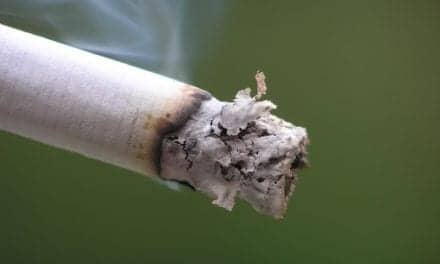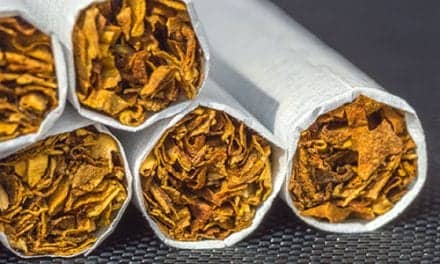A recent study presented at the 238th National Meeting of the American Chemical Society (ACS) examined polycyclic aromatic hydrocarbons (PAH) in smokeless tobacco and discovered that one pinch—the amount in a portion—of smokeless tobacco exposes the user to the same amount of PAH as the smoke of five cigarettes.
According to an announcement from the ACS, the findings add to existing evidence that smokeless tobacco contains two dozen carcinogens (other than nitrosamines and nicotine) that cause oral and pancreatic cancers.
"This study once again clearly shows us that smokeless tobacco is not safe," said lead researcher Irina Stepanov, PhD, a chemist with Masonic Cancer Center, University of Minnesota, Minneapolis, in the announcement. "Our finding places snuff on the same list of major sources of exposure to polycyclic aromatic hydrocarbons as smoking cigarettes."
"The feeling of safety among some smokeless users is wrong," said Stepanov. "A total of 28 carcinogens were identified in smokeless tobacco even before our study. Continued exposure to these over a period of time can lead to cancer. Now we have found even more carcinogens in snuff."
PAHs are formed as a result of incomplete burning of wood, coal, fat in meat, and organic matter. According to Stepanov, until recently scientists held an incorrect assumption that only trace amounts of PAH existed in snuff because the tobacco was not burned when used.
"Even though smokeless tobacco use does not involve burning, moist snuff is getting contaminated with PAH during its manufacturing," said Stepanov. Most likely this contamination with PAH takes place during the curing process that is used to turn tobacco leaves into snuff. This process is called ‘fire-curing’, and it puts tobacco into direct contact with the smoke generated by smoldering hardwood—a rich source of various PAHs.
Stepanov’s team is now working on a study that will examine a wide range of smokeless tobacco brands to compare PAH levels among them.









